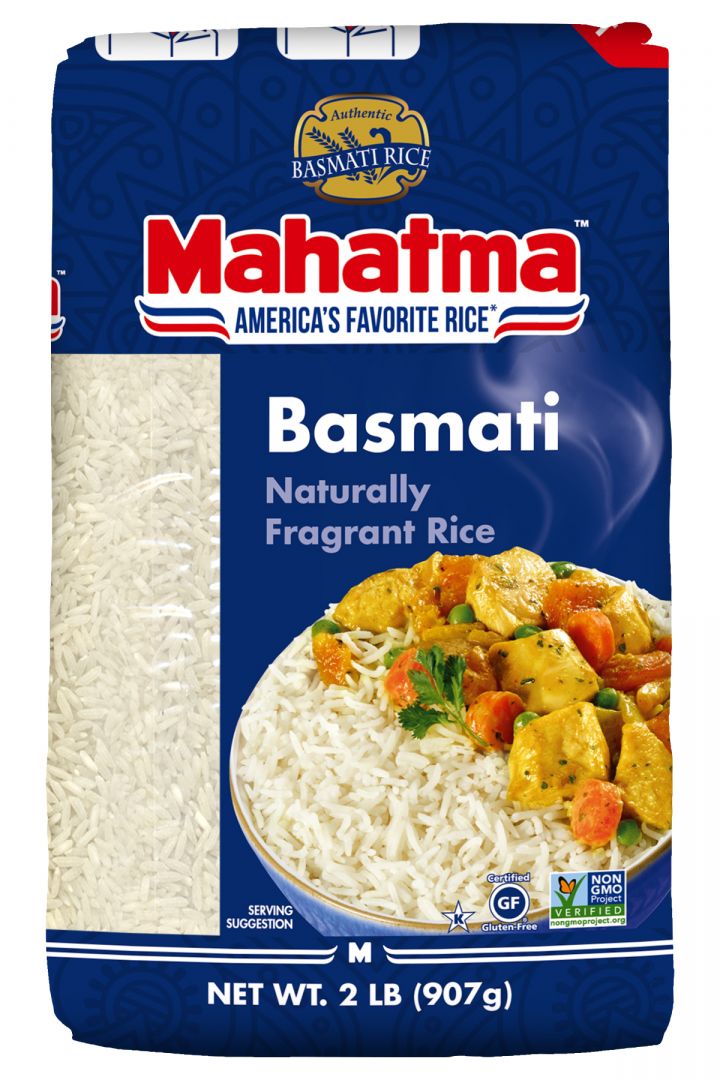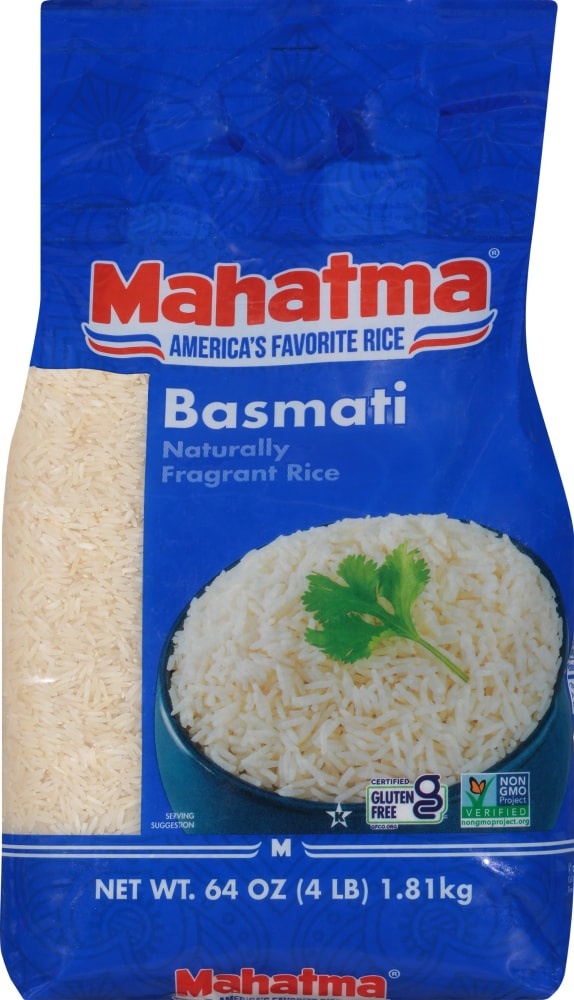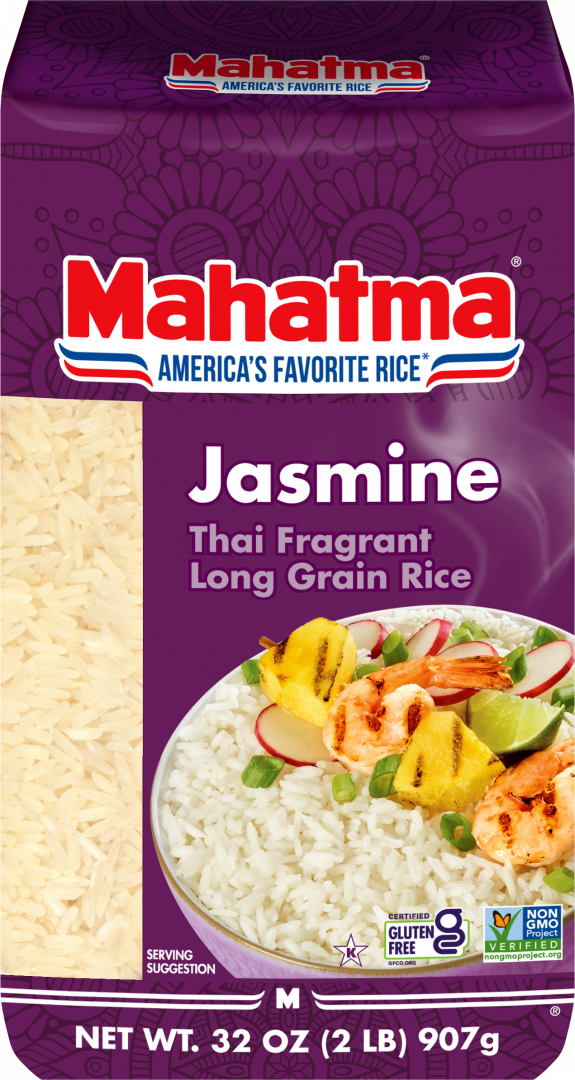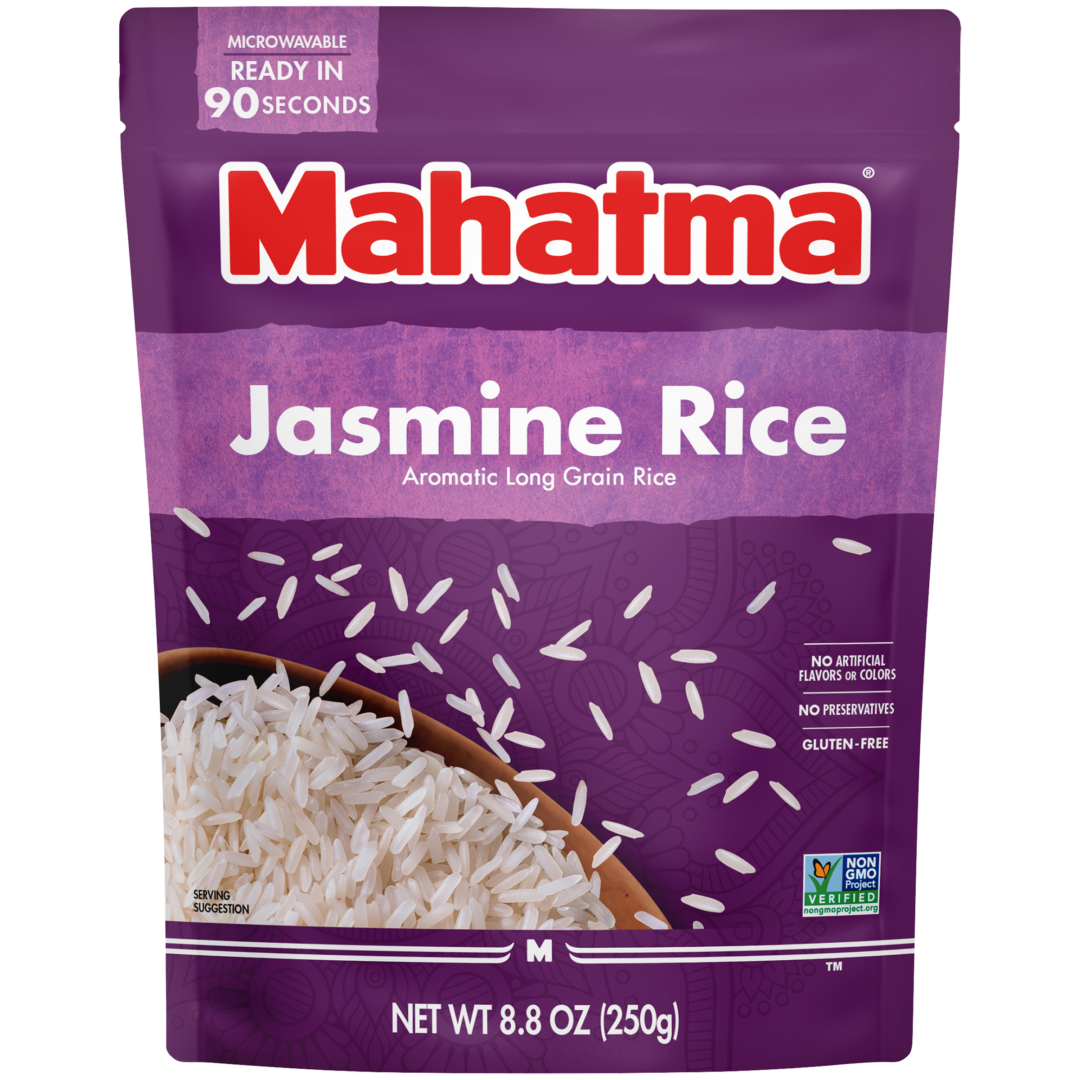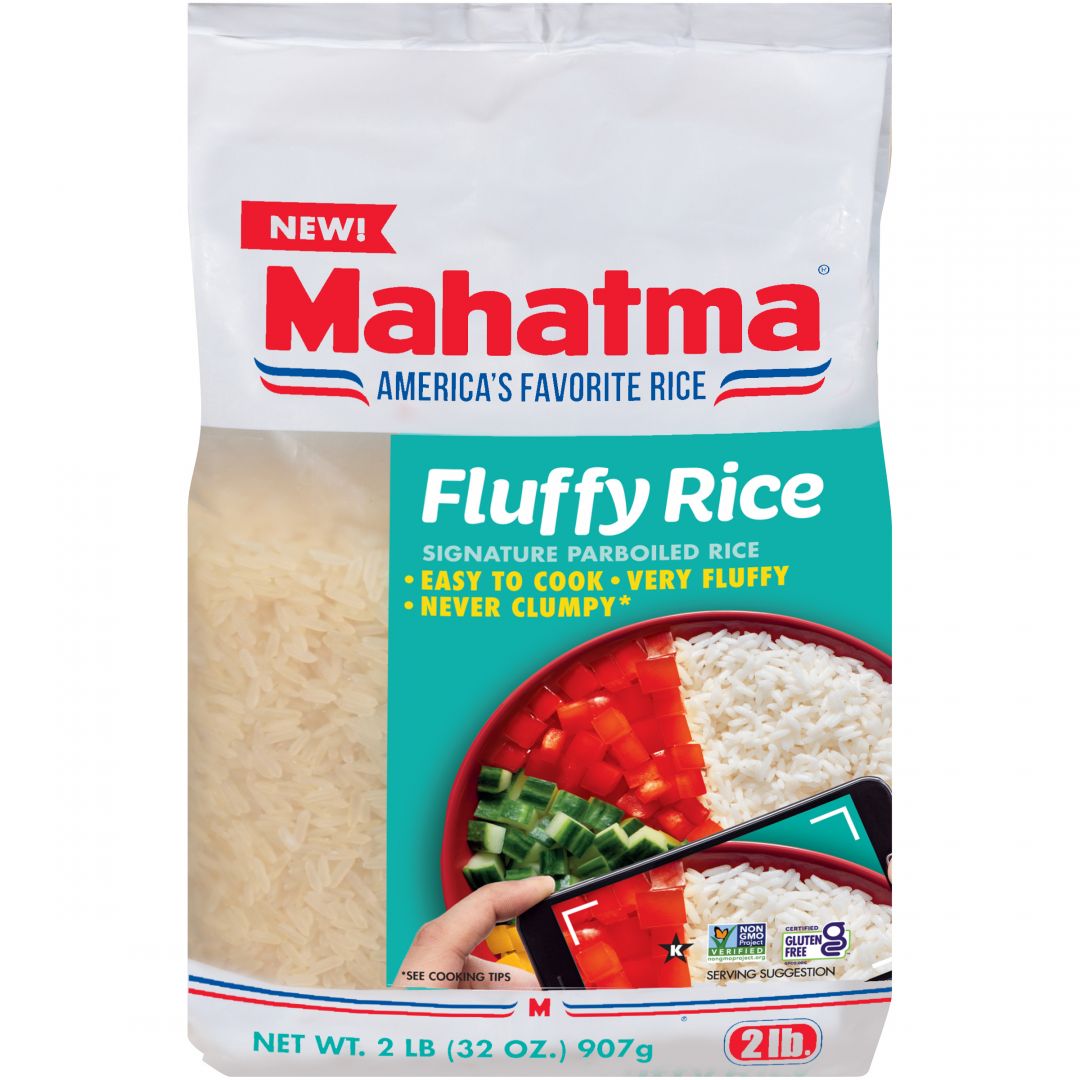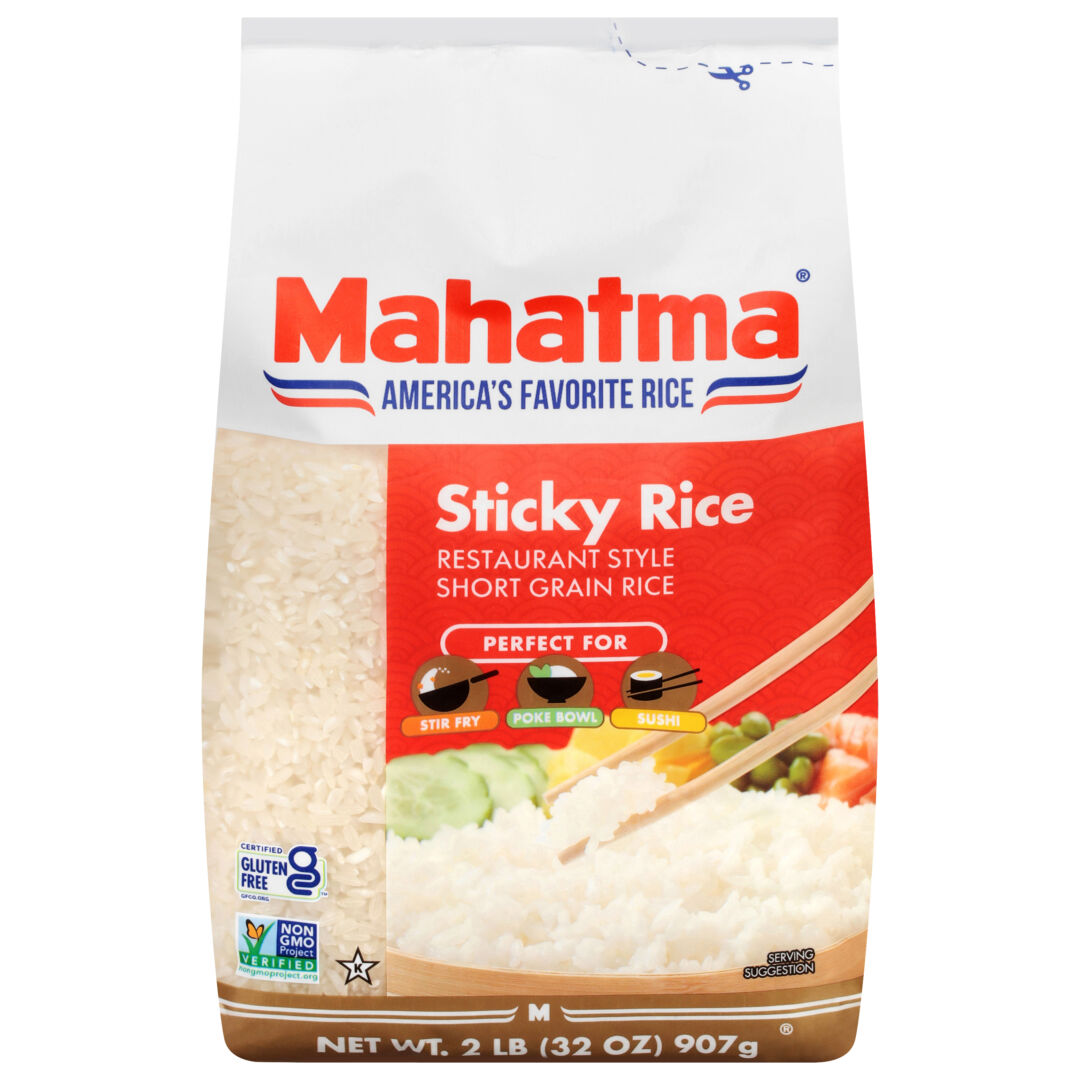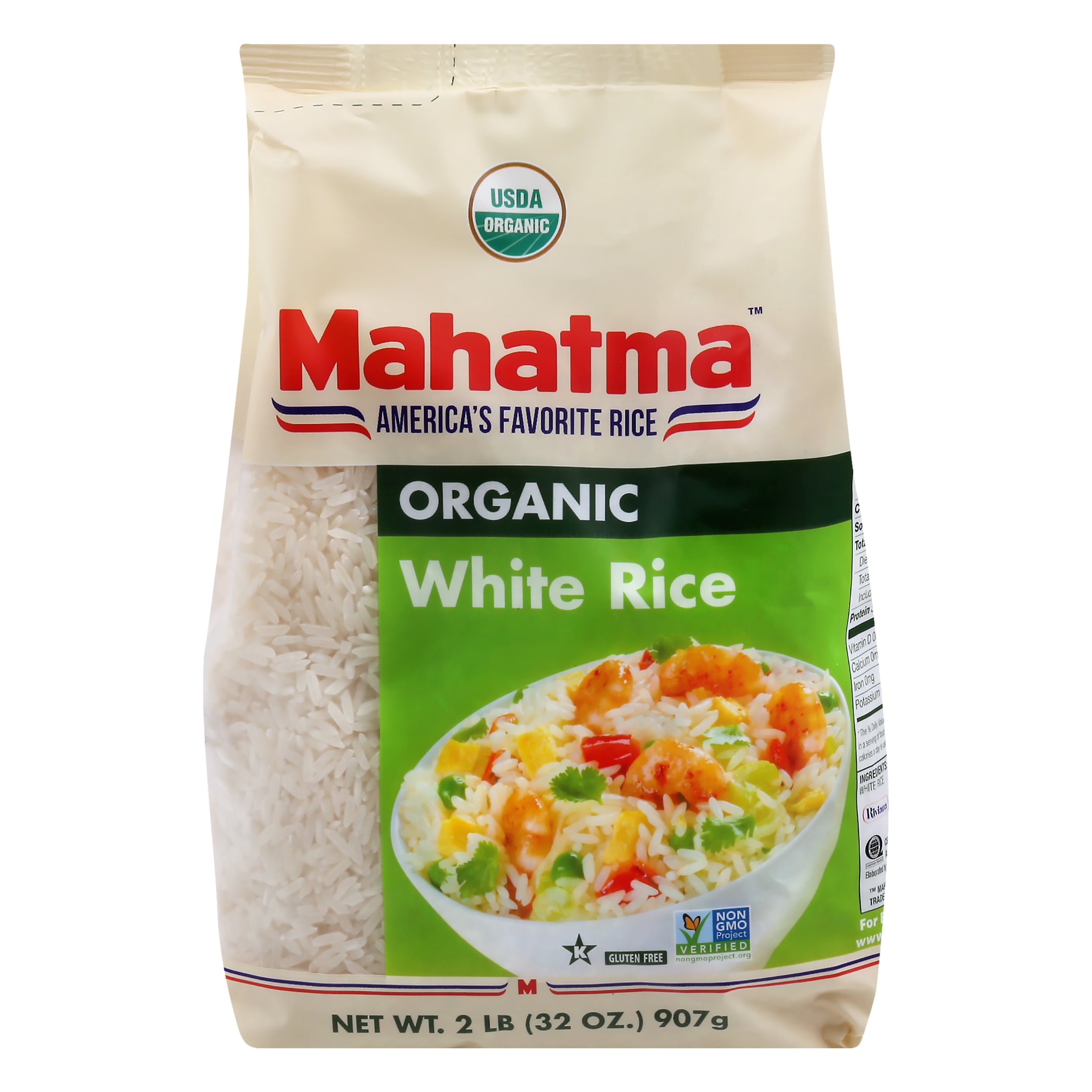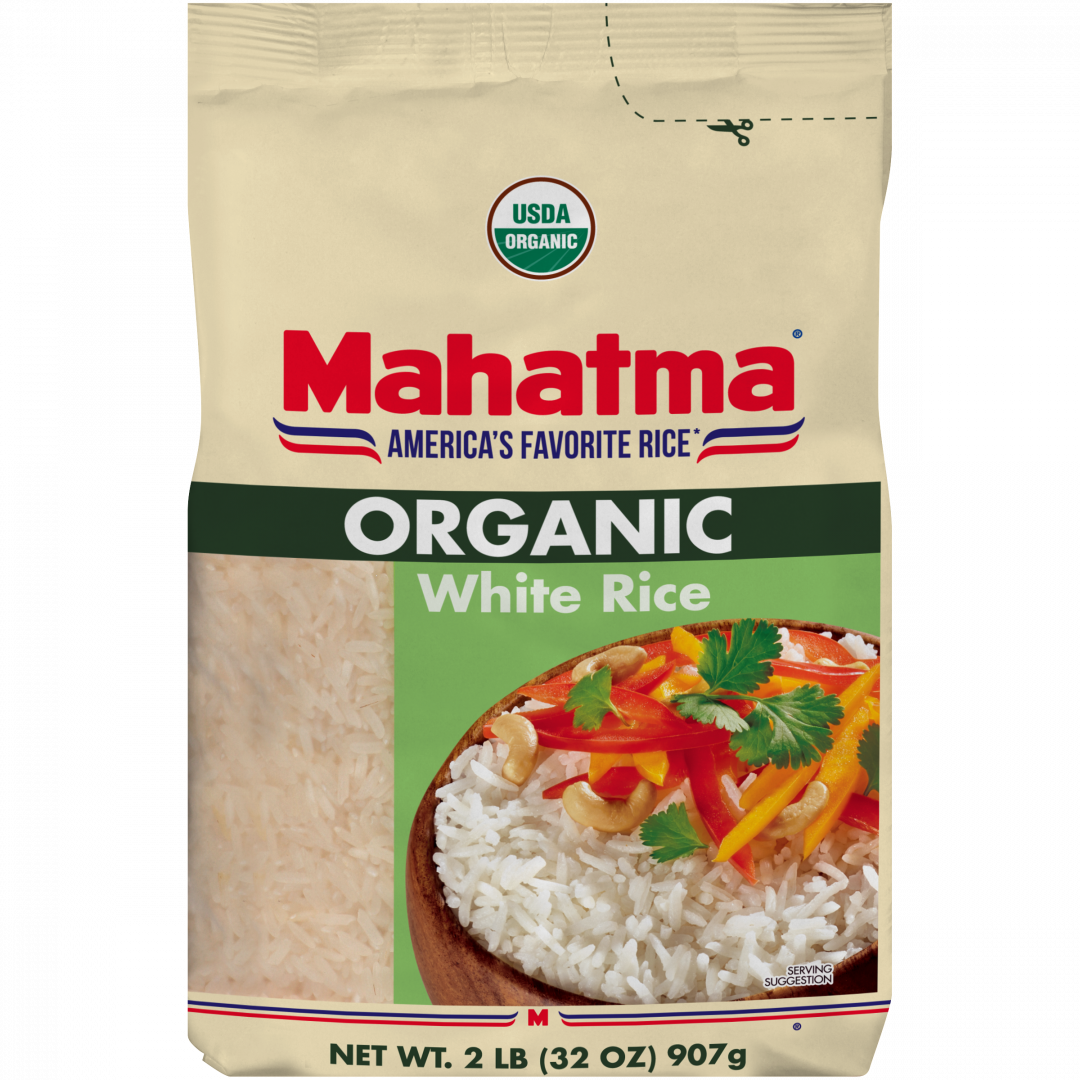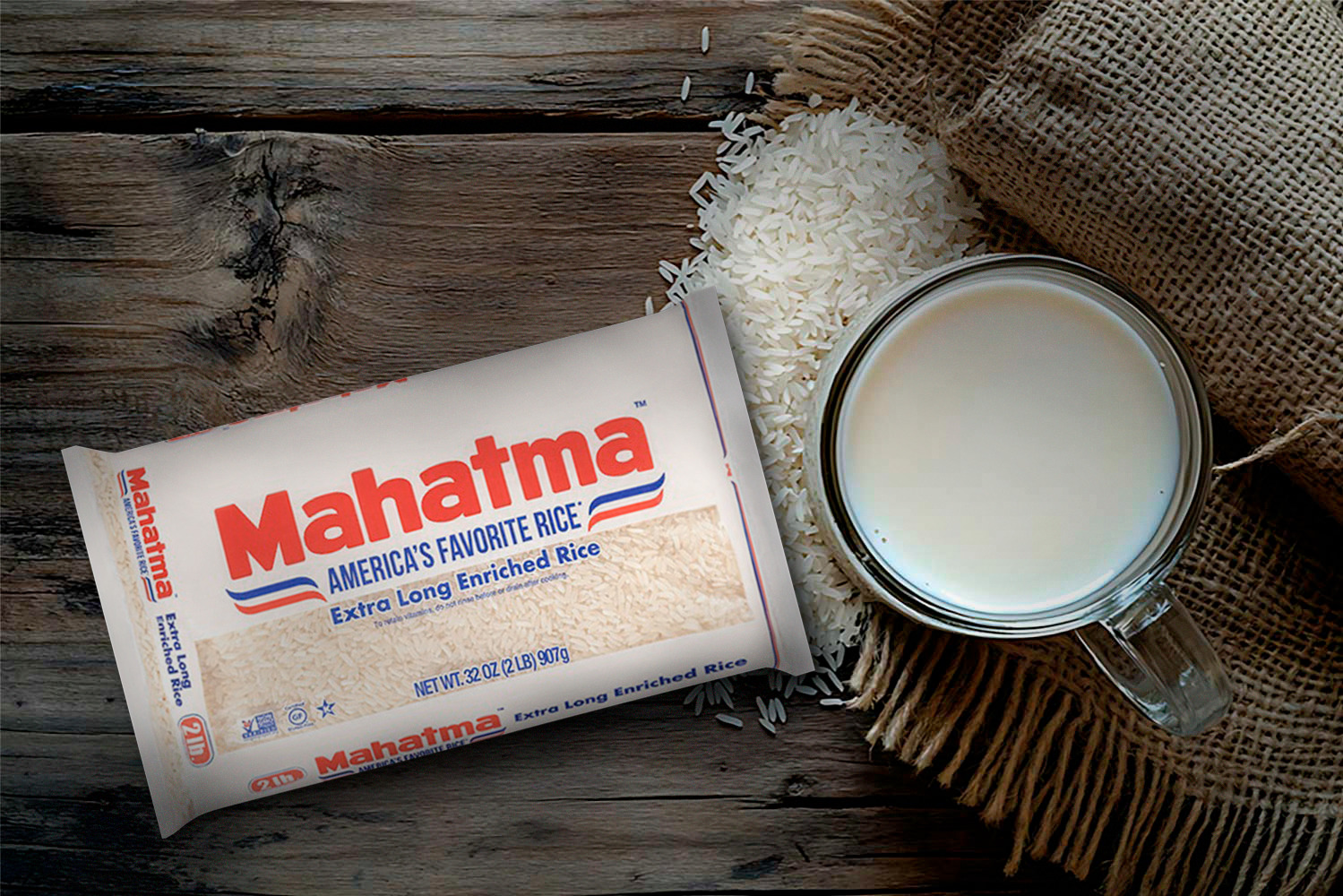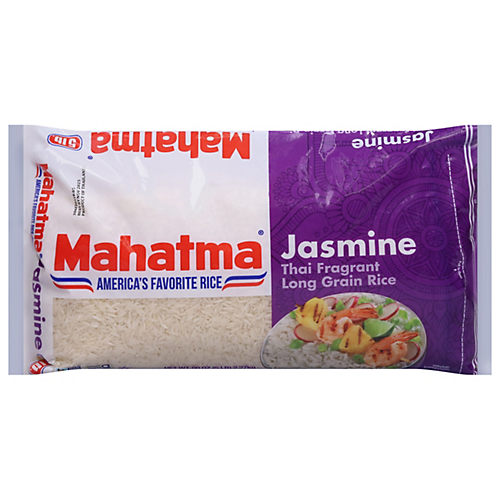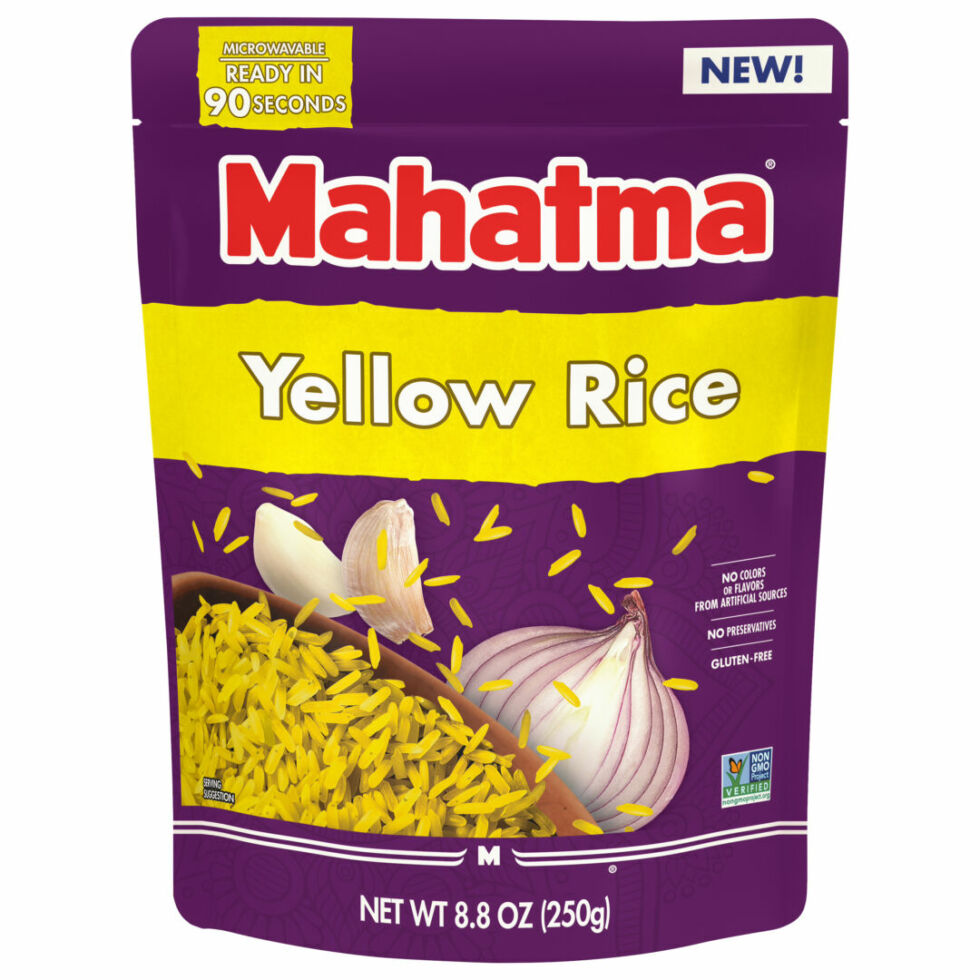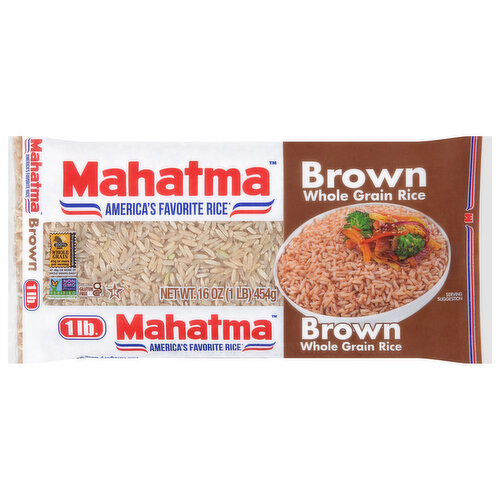Where Does Mahatma Rice Come From
Mahatma Rice, a pantry staple for generations, faces increasing scrutiny as consumers demand greater transparency about its origins. Investigations reveal a complex and often obscured supply chain stretching across continents.
This article cuts through the marketing to reveal the confirmed sources of Mahatma Rice, addressing growing concerns about ethical sourcing and environmental impact. We uncover the "who, what, where, when, why, and how" behind your dinner table's rice, prioritizing verified information.
The Global Network Behind Your Rice
Mahatma Rice, owned by Riviana Foods Inc., a subsidiary of Ebro Foods, sources its rice from a variety of locations. The USA Rice Federation confirms that a significant portion of Mahatma Rice is grown in the United States.
Key states include Arkansas, California, Louisiana, Mississippi, Missouri, and Texas. These regions are known for their large-scale rice production.
However, not all Mahatma Rice is American-grown. Riviana Foods also imports rice from other countries.
International Sourcing Practices
Riviana Foods' global supply chain extends to South America and Asia. Specific countries include Argentina, Uruguay, and Thailand.
These imports allow Riviana to offer a wider variety of rice types, such as basmati and jasmine.
The exact percentage of rice sourced from each country fluctuates based on factors like harvest yields and market demands.
The Journey from Farm to Table
Rice cultivation involves several stages, from planting and irrigation to harvesting and milling. Farmers, often working on family-owned operations, are the first link in the chain.
The rice is then processed at milling facilities, where it is cleaned, husked, and polished.
From there, it's transported to packaging plants like those operated by Riviana Foods. Riviana Foods has production facilities in Memphis, Tennessee and Houston, Texas.
Concerns and Controversies
The global nature of the supply chain raises concerns about labor practices. Ensuring fair wages and safe working conditions for farmers worldwide is a key challenge.
Environmental impact is another major consideration. Rice cultivation can contribute to greenhouse gas emissions and water pollution.
Consumers are increasingly demanding sustainably sourced rice. Certifications like Fair Trade and Rainforest Alliance provide some assurance, but require rigorous oversight.
Transparency and Traceability
Many consumers find it difficult to trace the exact origin of their rice. Packaging often lacks detailed information beyond "Product of USA" or a generic origin statement.
The lack of transparency makes it challenging to assess the social and environmental impact of rice consumption.
Advocacy groups are calling for greater traceability throughout the supply chain, using technologies like blockchain to track rice from farm to shelf.
Riviana Foods' Response
Riviana Foods acknowledges the importance of sustainable sourcing. They have implemented various initiatives aimed at improving labor practices and reducing environmental impact.
These include supporting farmer training programs and promoting water-efficient irrigation techniques. They also promote programs to conserve resources and reduce waste during manufacturing.
However, critics argue that these efforts are not enough. They call for greater transparency and a more proactive approach to addressing systemic issues.
The Future of Mahatma Rice
Consumer demand for sustainably sourced rice is growing. Retailers and manufacturers are under increasing pressure to respond.
Riviana Foods faces a critical juncture. Their long-term success depends on their ability to demonstrate a genuine commitment to ethical and environmental responsibility.
The company is currently exploring new technologies to improve traceability. They are also working to strengthen their relationships with farmers and suppliers.
The ongoing investigation into Mahatma Rice's origins underscores the need for greater accountability in the food industry. Consumers have a right to know where their food comes from and how it is produced.
Moving forward, expect increased scrutiny of rice sourcing practices. The industry will need to adapt to meet evolving consumer expectations.
Stay tuned for further updates as this story develops. We will continue to report on the efforts to bring greater transparency and sustainability to the rice supply chain.
